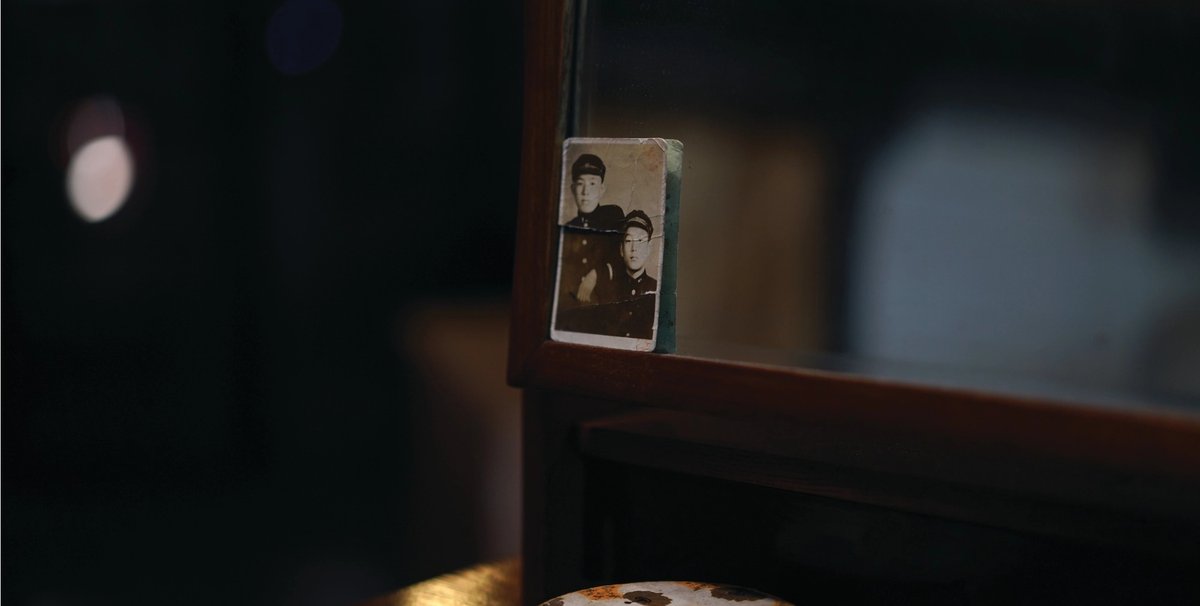In the two years since the last Venice Biennale, powerful anti-globalisation movements have taken root worldwide, driving geopolitical events that few saw coming. By accident or design, many of the Asian artists participating in the forthcoming 57th Venice Biennale (13 May-26 November) will address notions of identity and cultural preservation through their national pavilion exhibitions. While this should not be mistaken for crude nationalism or chest-beating patriotism, it does suggest that the current state of the world has triggered broader concerns and reflections about home, abroad and our relationship to the worlds beyond our borders.
China: Qiu Zhijie
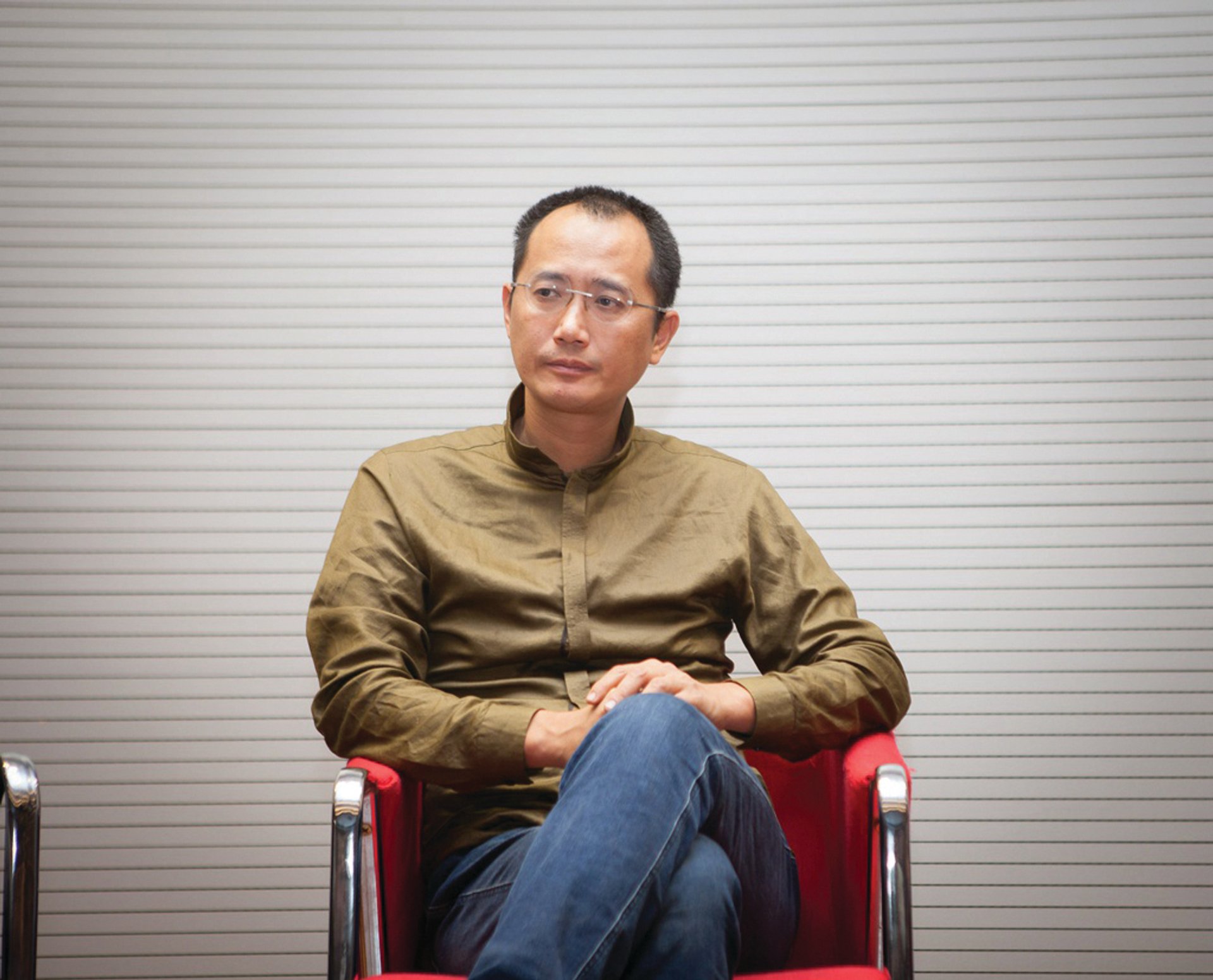
The Chinese pavilion exhibition, organised by the artist, curator and professor Qiu Zhijie, brings together the contemporary artists Tang Nannan and Wu Jian’an with the traditional artisans Wang Tianwen and Yao Huifen. “Contemporary and traditional arts shouldn’t be separated,” Qiu says. “Chinese traditional art is both craft and art, so they are artists; it is not appropriate to call them just craftsmen,” he says of the master shadow puppet carver Wang and the Suzhou embroidery expert Yao. Wang has collaborated with Wu, who creates intricate panels and installations from cut paper, for more than a decade. Embodying Qiu’s belief that art in the Chinese tradition comes from interaction and discussion, rather than individuals, the Venice show will present a live shadow play by all four artists.
Republic of Korea: Cody Choi and Lee Wan
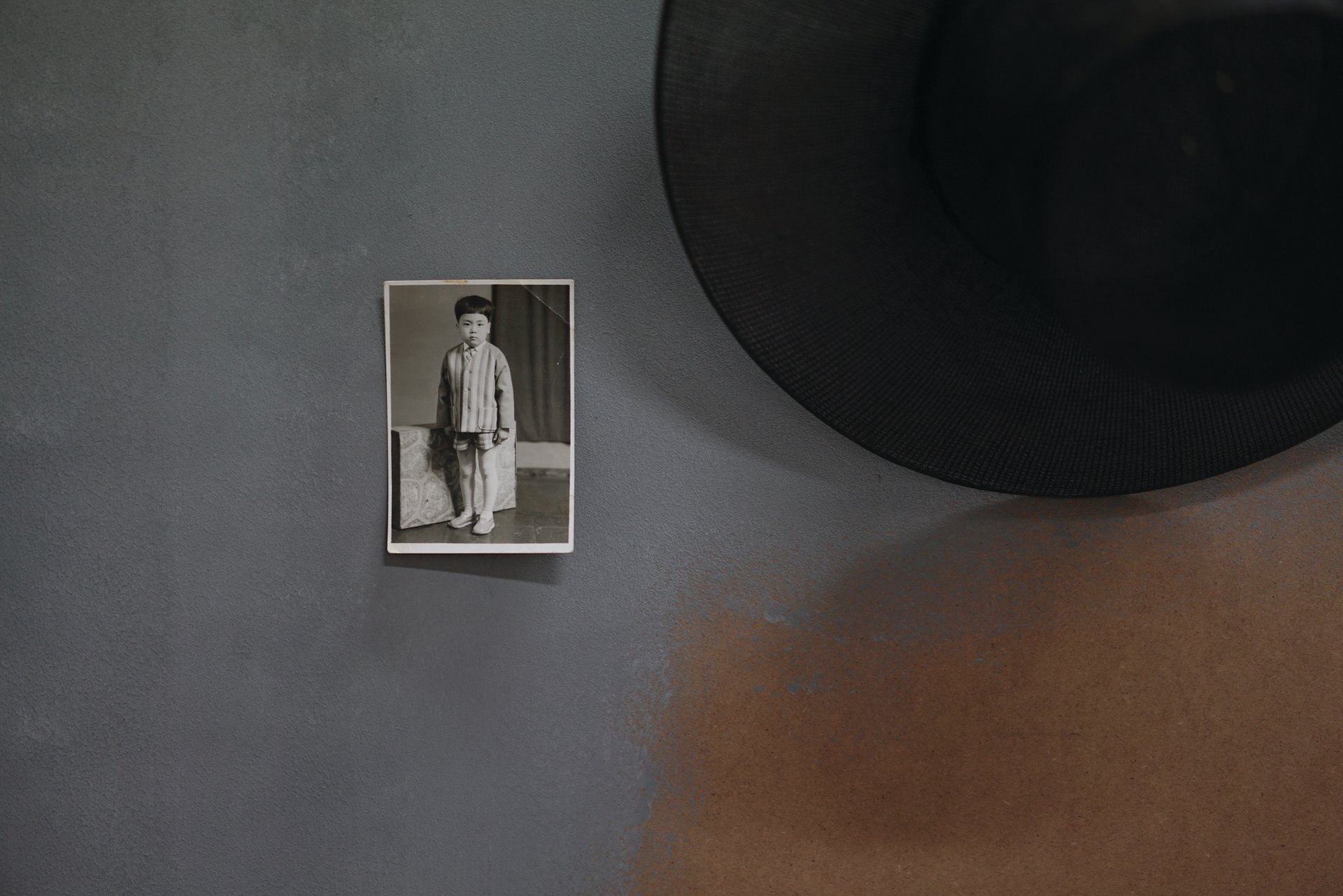
Cody Choi and Lee Wan will tackle Korean identity through the lens of “recent world events and trends, such as the rise of right-wing populist movements and the general backlash against immigrants” in this joint exhibition, says the curator Lee Daehyung. Among other works, Choi has made a new neon installation called Venetian Rhapsody for the roof of the pavilion in the Giardini. Wan will show works including Mr K and the Collection of Korean History, the photographic archive of one man, Kim Ki Moon (1936-2011), which the artist found in an antiques market and has elevated to represent the lives of an entire generation of Koreans.
The Philippines: Manuel Ocampo and Lani Maestro
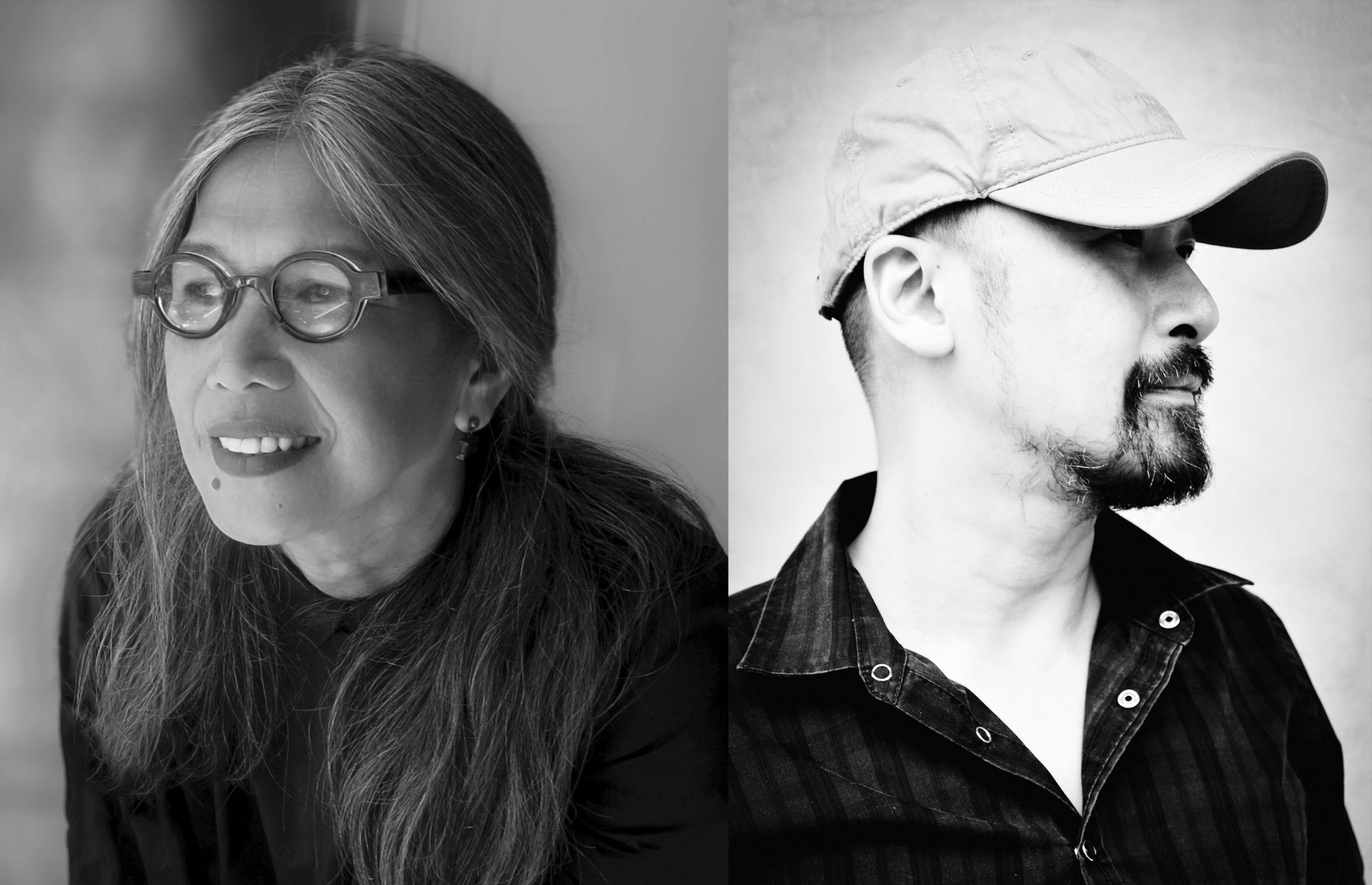
Manuel Ocampo and Lani Maestro’s project for the Philippine pavilion is based on the “spectre of comparison”, a concept taken from the 1887 nationalist novel Noli Me Tángere (touch me not) by the Filipino writer José Rizal. The book’s protagonist returns to the capital Manila after spending time abroad, which causes him to compare his homeland to the European cities he has seen. Themes of identity and nationhood will run through the works of Ocampo and Maestro, both of whom divide their time between the Philippines and a number of other countries.
Hong Kong: Samson Young

The sound artist Samson Young, selected by the M+ museum and the Hong Kong Arts Development Council, is to fill the Hong Kong pavilion with an audio installation based on the charity pop singles of the 1980s and 1990s. The trained musician’s works blend visual art, sound and performance and are underpinned by a complex research process—described by Young as “a kind of mind-map”—that draws on bigger political themes. Young won the first BMW Art Journey Award on the strength of his participation in the Discoveries section of Art Basel in Hong Kong in 2015. His recordings of bells across five continents will feed into a new composition for the next edition of Documenta, in Athens and Kassel, later this year.
Taiwan: Tehching Hsieh
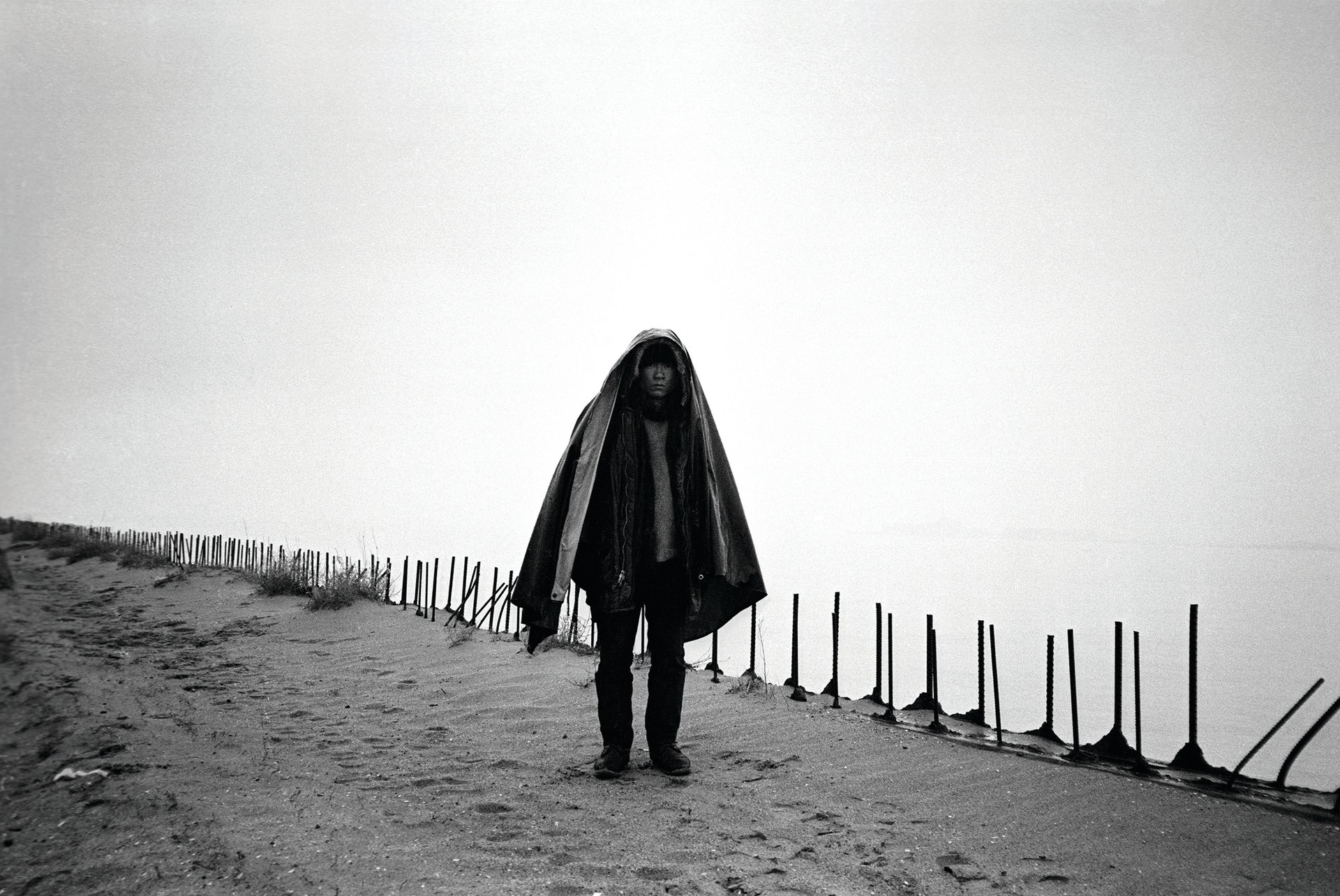
The Taiwanese pavilion returns to the Palazzo delle Prigioni, a former Venetian prison next to the Doge’s Palace, with a solo exhibition for Tehching Hsieh. The New York-based pioneer of long-durational performance art left Taiwan in 1974 and entered the US as an illegal alien. In 1978, he began an acclaimed series of five One Year Performances exploring the passage of time. His final piece consisted of making art without showing it in public for 13 years, before he stopped creating altogether at the turn of the new millennium, his 49th birthday. The Venice presentation will document Hsieh’s most famous performances along with previously unseen early works. The curator Adrian Heathfield, who co-wrote Hsieh’s complete monograph in 2009, will be in conversation with the artist at the Hong Kong Arts Centre on 24 March.
Japan: Takahiro Iwasaki
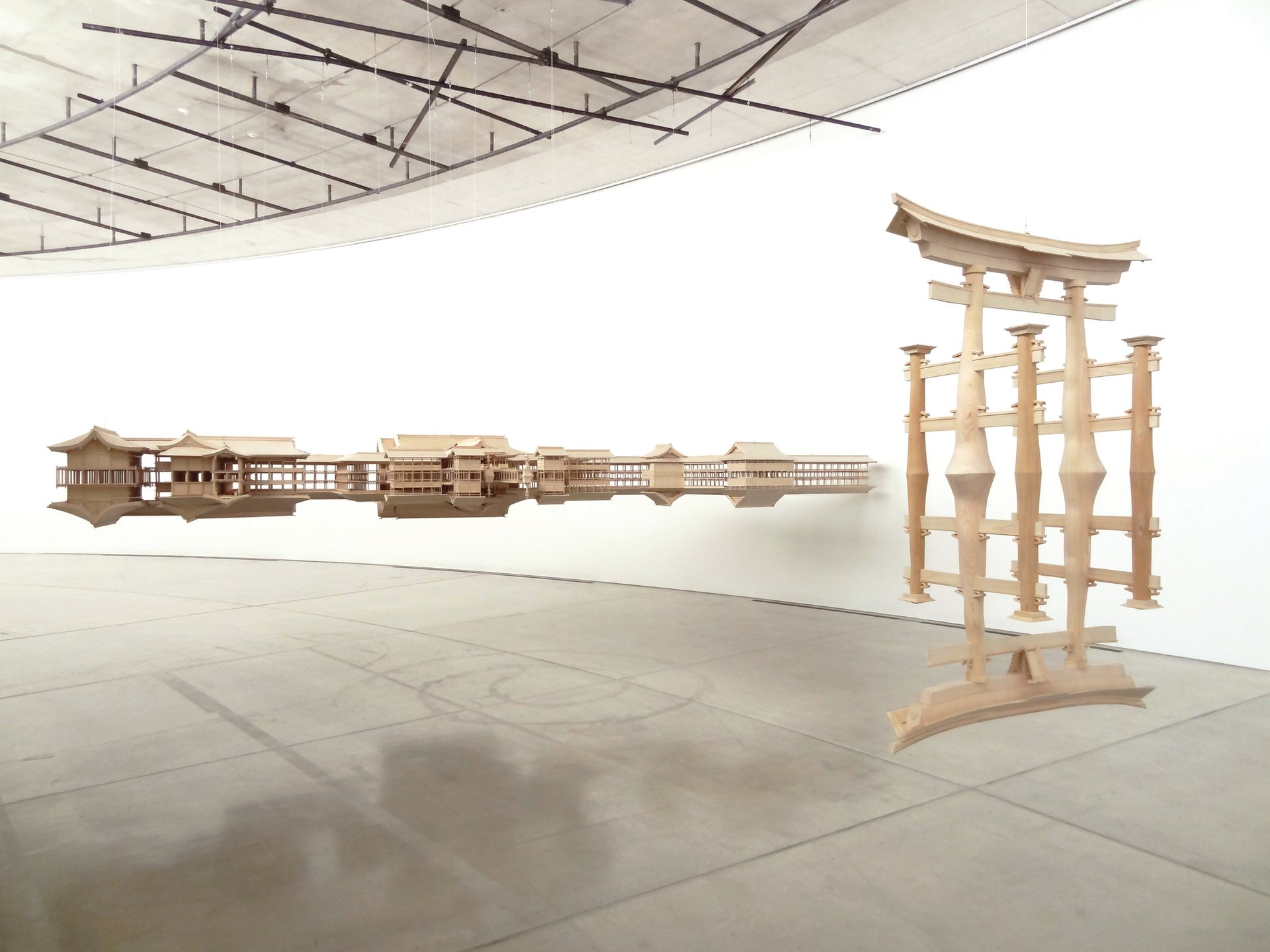
The Hiroshima-born and based artist Takahiro Iwasaki is a veteran of international biennials, having already participated in the tenth Lyon Biennale (2009), the Yokohama Triennale (2011) and the seventh Asia Pacific Triennale (2012). The starting point for his exhibition in the Japanese pavilion is an old saying that Venice would become a forest if it were turned upside down, since the city is built on thousands of wooden stakes driven into the lagoon. Visitors will be able to view Iwasaki’s architecture-inspired works from multiple perspectives and experience Japan “not only from the land but also from the sea”, according to the show’s curator Meruro Washida.
Singapore: Zai Kuning
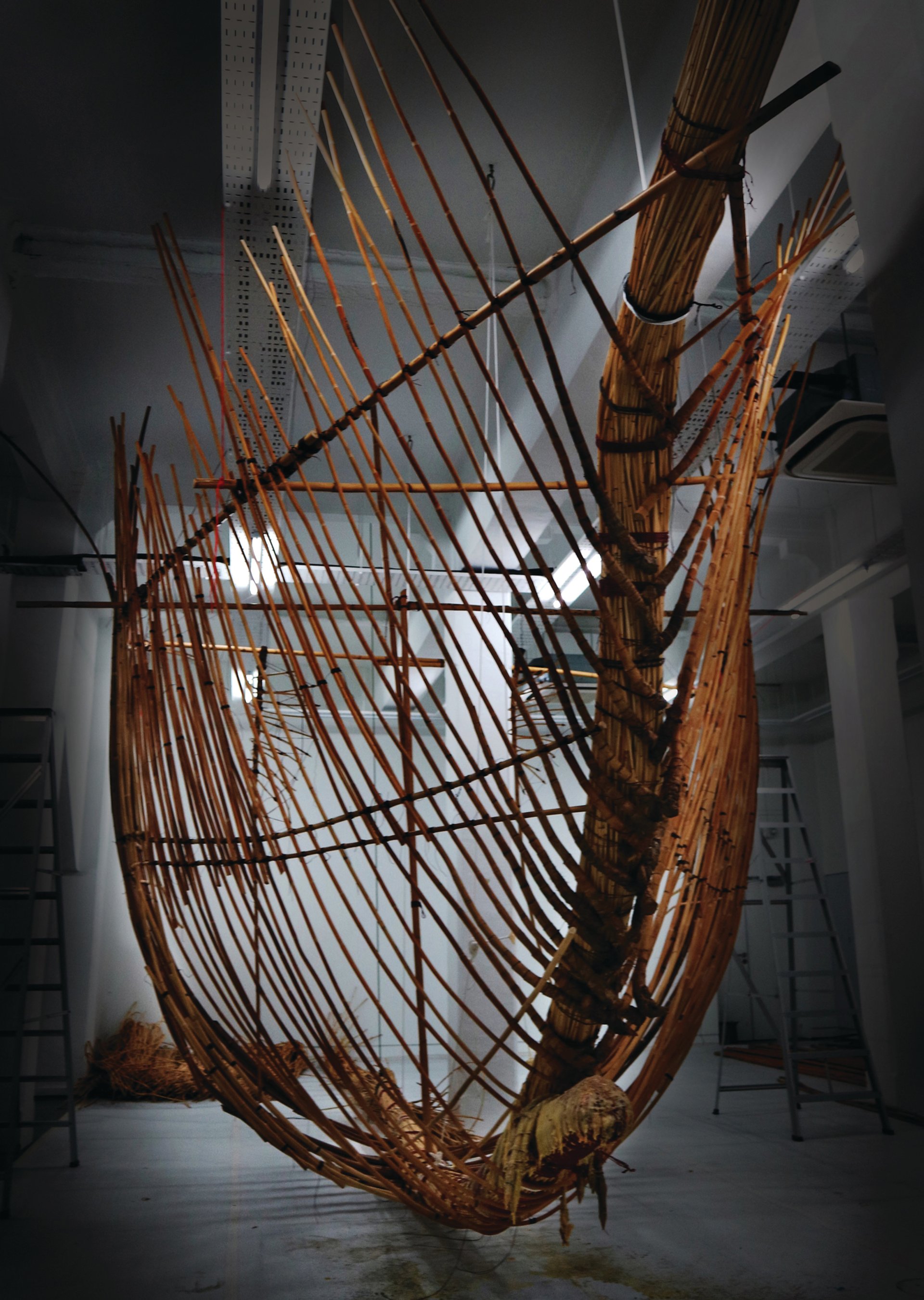
Zai Kuning’s exhibition for the Singaporean pavilion is inspired by the little-known history of the orang laut (sea people) of the Riau Archipelago, who are the precolonial inhabitants of the region. In an effort to understand more about the disappearing cultures in Southeast Asia, Zai has spent more than ten years in contact with the marginalised group. His works aim to preserve and transmit some of the culture’s most important traits, skills and language, which few understand. The starting point of the Venice project is the seventh-century maharajah Dapunta Hyang Sri Jayanasa, whose maritime empire will be evoked in the show’s centrepiece—a sculpture of a ship made from rattan, strings and wax. The work follows Zai’s installation for the Encounters section of Art Basel in Hong Kong in 2015.


